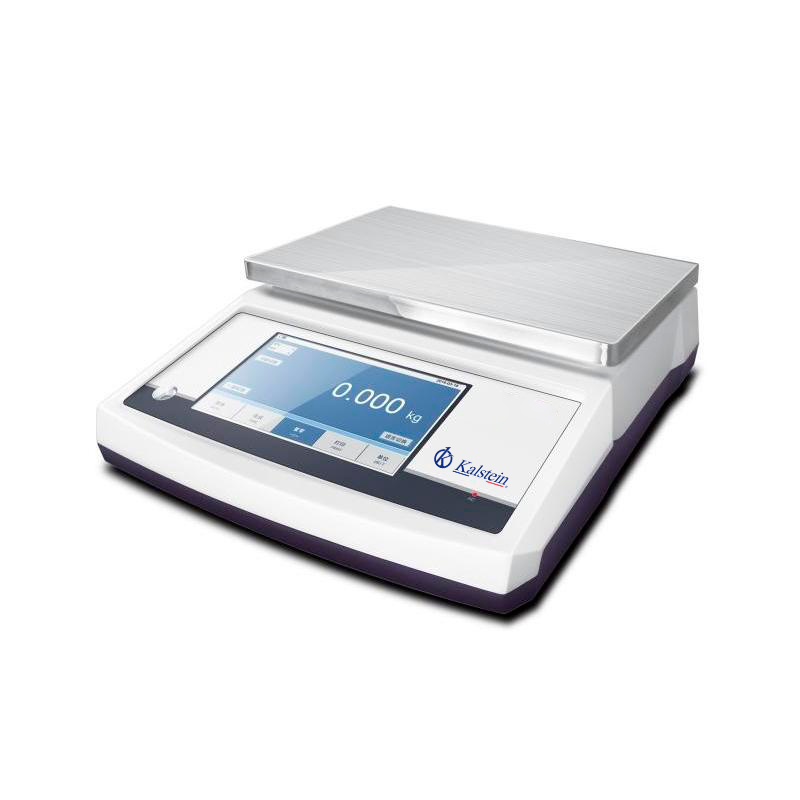Balances are laboratory equipment that require periodic maintenance to keep them in the best operating conditions. All this in order to guarantee the preservation of its characteristics: Accuracy, Precision and Sensitivity.
To ensure the proper functioning of a balance, it is necessary to calibrate it when it is first installed. And it must be the first of successive periodic calibrations as determined by the scale manufacturer. Calibration is one of the most important aspects to consider during maintenance and it is designed to ensure that the results obtained during weighing are accurate and reliable. Calibrations on both mechanical and electronic scales are performed using standard weights. These weights have a known exact mass and should always match the measurement.
Calibration is a quantitative comparison used to verify the measurement result of a scale by taking a standard reference weight. To determine if the scale is calibrated, the difference between the reading of the measuring equipment and the actual value of the weight, which corresponds to the weight used as a reference, is checked. It is from the error and the tolerances that it is defined whether the calibration is exceeded or failed.
Scale calibration is widely recommended as it offers many benefits. The main thing is to be able to obtain reliable measurements, exact weighing processes that guarantee the reliability of the operations or finished products for which the measurement is required.
Likewise, calibration saves costs of waste, product withdrawals or treatment because it allows the timely identification of equipment that is no longer functioning correctly and facilitates decision-making regarding the resolutions to be applied in such cases.
Another benefit of scale calibrations is the detection of equipment aging. Equipment deterioration is completely normal and occurs as a result of continued use of scales and exposure to certain environments, which, in short, alters their accuracy levels.
In this sense, calibration helps identify equipment that needs to be replaced due to deterioration due to wear or mechanical stress. Calibration also helps improve weighing processes by correctly interpreting calibration results within defined tolerances and helps to pass internal and external audits that occur regularly and are essential to the continued good functioning of the environment in question. .
What care should we have with this equipment?
- The scale must be protected from variations in temperature and humidity, exposure to the sun, not be placed near ovens and water baths, both during storage and during use, since hot objects or lukewarm weigh less than when cold, owing to the currents which settle with the surrounding air.
- He should be placed on a firm table protected from vibrations (if possible, an exclusive table for him).
- The pans and indicator should rest on their supports whenever the balance is not in use.
- The hood must always remain closed.
- While the scale is oscillating, the substance to be weighed must not be placed on the pans, nor shaken. To place the weight, the worshipers must be closed and the cymbals placed on the stands.
- If a reagent is spilled during weighing, it should be wiped up immediately with a clean, dry cloth.
- To maintain a humidity-free environment inside the fume hood, place two beakers (100 ml.) filled with silica gel or sodium carbonate in its corners.
- Weights over 1g should be added with the arm in the rest position.
- Notice if there is a marked wobble of the cymbal after releasing the arm, as this indicates misalignment.
- The balance must be protected from drafts, as these are a source of instability.
At Kalstein, we present to you sophisticated analytical balances, equipment of a high level of technology and precision that will allow you to obtain much more reliable results in your laboratory. That’s why we invite you to take a look HERE

